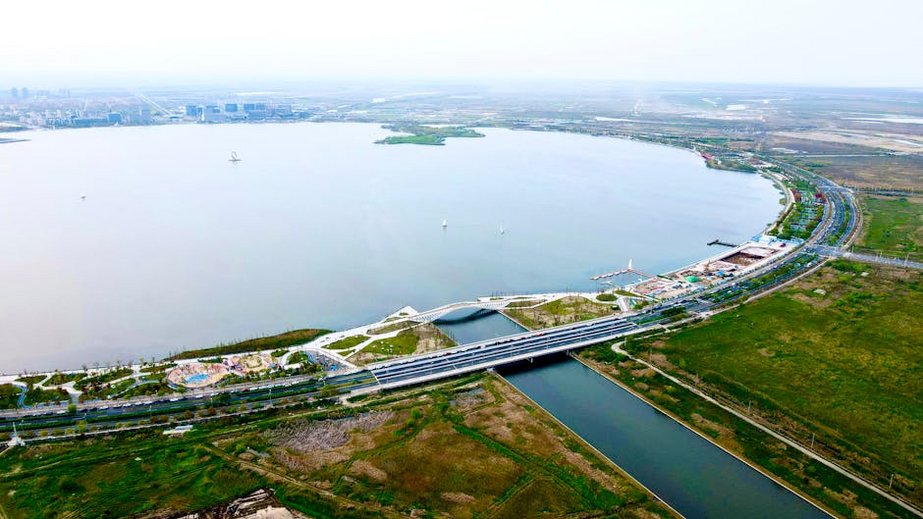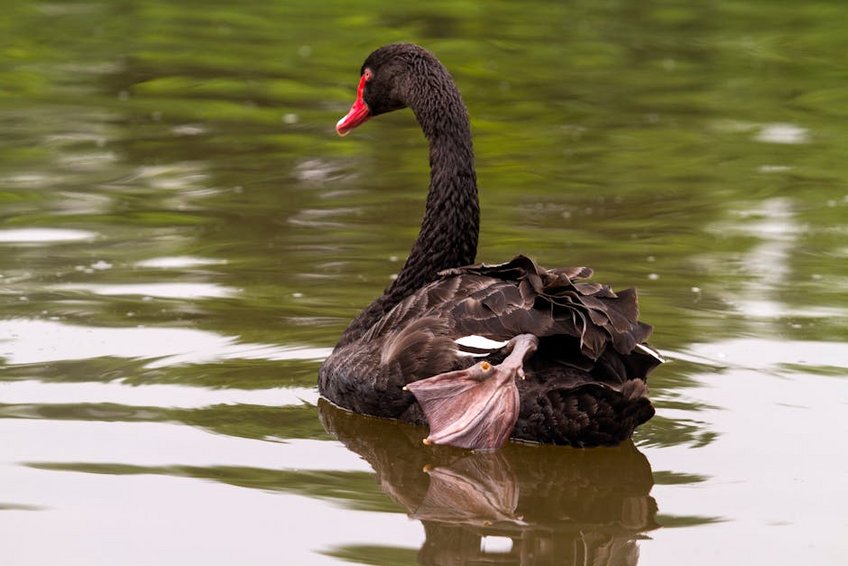Lesser Known Freshwater Lakes in China
When you think of China’s natural wonders, your mind might immediately drift to the Great Wall or the karst mountains of Guilin. But hidden across this vast country are some of the most spectacular lesser known freshwater lakes in China, offering serene beauty far from the crowded tourist trails. These aquatic gems provide incredible opportunities for kayaking, hiking, bird-watching, and cultural immersion without the overwhelming crowds. From the high-altitude wonders of Tibet to the forest-rimmed beauties of Yunnan, discovering these lakes feels like uncovering China’s best-kept secrets. Whether you’re an adventurous solo traveler, a couple seeking romance, or a family looking for unique experiences, these lesser known freshwater lakes deliver unforgettable moments surrounded by pristine nature and authentic local culture.
Lesser Known Freshwater Lakes in China – Essential Information
China’s freshwater lake system is incredibly diverse, ranging from high-altitude alpine wonders to lowland marshes teeming with biodiversity. While famous lakes like West Lake in Hangzhou attract millions, the lesser known freshwater lakes in China offer more authentic experiences with deeper cultural connections. These hidden aquatic treasures are often located in nature reserves or protected areas, meaning they maintain exceptional water quality and ecological balance. Visiting them supports local conservation efforts and provides sustainable tourism opportunities for rural communities. You’ll find that each region offers distinct characteristics – Tibetan lakes surrounded by prayer flags, Yunnan lakes nestled between ethnic villages, and northern lakes that freeze into spectacular winter wonderlands.
Geographical Distribution – Where to Find Them
- Tibetan Plateau: High-altitude lakes like Namtso and Yamdrok are relatively known, but smaller siblings like Basum Tso offer more intimate experiences
- Yunnan Province: Numerous glacial lakes hidden in mountain valleys, particularly around Shangri-La and Lijiang regions
- Xinjiang: Alpine lakes in the Tianshan Mountains that remain accessible only during summer months
- Northeast China: Volcanic crater lakes in Changbai Mountain area with unique mineral compositions
- Budget travel: $30-50/day including basic guesthouses, local meals, and public transportation
- Mid-range comfort: $80-120/day with better hotels, guided tours, and private drivers
- Luxury experience: $200+/day featuring boutique resorts, specialized guides, and exclusive access
- China Highlights Travel Guide
- Lonely Planet China Destination Information
Ecological Significance – Why They Matter
These lesser known freshwater lakes serve as crucial habitats for migratory birds, endemic fish species, and unique aquatic plants. Many are part of China’s natural water conservation system, acting as natural reservoirs that regulate regional climate and maintain groundwater levels. The preservation of these lakes is particularly important as they often represent minimally disturbed ecosystems where scientists can study natural hydrological processes. For travelers, this means opportunities to witness wildlife in its natural habitat – from black-necked cranes on Tibetan lakes to rare amphibians in Yunnan’s forest lakes.

Lesser Known Freshwater Lakes in China – Planning Your Trip
Planning your visit to these hidden aquatic gems requires careful consideration of seasons, transportation options, and local conditions. Unlike mainstream destinations, many of these lesser known freshwater lakes in China lack extensive tourist infrastructure, meaning you’ll need to be more self-sufficient. The best approach involves combining lake visits with regional exploration – perhaps pairing a Tibetan lake with Lhasa culture or a Yunnan lake with Tiger Leaping Gorge trekking. You should allocate at least 3-5 days for each lake region to account for travel time and potential weather delays. Spring (April-May) and autumn (September-October) generally offer the most stable weather conditions, though each region has its own optimal visiting window.
Best Time to Visit China’s Hidden Lakes
The ideal visiting period varies significantly by region and altitude. Tibetan lakes above 4,000 meters are best visited from May to September when roads are passable and temperatures are manageable (though nights remain cold). Yunnan’s lakes are accessible year-round but most beautiful in spring when wildflowers bloom or autumn when foliage changes color. Northeastern lakes offer stunning winter experiences with frozen landscapes from December to February. Summer monsoon season (June-August) can bring heavy rains to southern lakes, while winter brings road closures to high-altitude areas. Always check local conditions before traveling.
Budget Planning and Costs
Essential Preparation Checklist
Preparing for these remote lake adventures requires more planning than typical tourist destinations. You’ll need appropriate clothing for changeable mountain weather – layered clothing, waterproof jacket, and sturdy hiking shoes are essential. For high-altitude lakes, consider bringing altitude sickness medication and allowing time for acclimatization. Since English is rarely spoken in these areas, download translation apps and carry printed maps. Bring sufficient cash as ATMs are scarce, and pack snacks since food options may be limited. Most importantly, obtain any required permits in advance, particularly for Tibetan border regions where special travel documents are necessary.
Lesser Known Freshwater Lakes in China – Top Destinations and Activities
China’s hidden lakes offer diverse experiences ranging from spiritual journeys to adventure sports. In Tibet, you’ll find lakes considered sacred by local Buddhists, where pilgrims circumambulate the shores while spinning prayer wheels. Yunnan’s lakes provide opportunities for homestays with ethnic minorities who maintain traditional fishing practices. Northeastern lakes showcase unique volcanic landscapes with mineral-rich waters believed to have therapeutic properties. Beyond sightseeing, you can engage in kayaking, bird-watching, photography, hiking, and even winter sports depending on the season and location. Each lake tells a different story through its landscape, cultural significance, and ecological characteristics.
Must-See Hidden Lake Destinations
Basum Tso in Tibet stands out as one of the most breathtaking lesser known freshwater lakes in China, with its turquoise waters surrounded by snow-capped peaks and ancient monasteries. In Yunnan, Lugu Lake offers a unique cultural experience as home to the Mosuo people, one of the world’s last matrilineal societies. Tianchi (Heaven Lake) in Xinjiang’s Tianshan Mountains provides stunning alpine scenery accessible via dramatic mountain roads. Jingbo Lake in Heilongjiang features unusual volcanic rock formations and crystal-clear waters perfect for summer swimming. Each destination requires some effort to reach but rewards visitors with uncrowded beauty and authentic experiences.
Hidden Gems and Local Favorites
Beyond the relatively known hidden lakes, true treasures await those willing to venture further off the beaten path. Kanas Lake in Xinjiang’s remote northwest corner offers Siberia-like landscapes with dense forests and mysterious lake creatures according to local legend. Bita Lake in Yunnan’s Pudacuo National Park remains remarkably pristine with water so clear you can see meters down. Sayram Lake in Xinjiang presents stunning alpine meadows that burst with wildflowers in summer. These destinations receive far fewer visitors than their famous counterparts but deliver equally spectacular scenery and more intimate connections with nature and local culture.
Lesser Known Freshwater Lakes in China – Practical Travel Information
Reaching these hidden aquatic treasures requires patience and flexibility, as transportation options range from comfortable buses to shared jeeps and even horseback in remote areas. Accommodation varies from basic guesthouses to comfortable lodges, with only a few luxury options available near the most accessible lakes. You’ll find that infrastructure improves annually, but many areas still maintain their authentic character precisely because they’re not overdeveloped for tourism. Food options typically feature local specialties – Tibetan tsampa and butter tea near Himalayan lakes, Yunnan’s wild mushroom hot pots, or northeastern freshwater fish dishes. Internet connectivity can be unreliable, so download offline maps and inform family of potential communication gaps.
| Transportation Type | Approximate Cost (USD) | Travel Time | Comfort Level |
|---|---|---|---|
| Public Bus | $5-15 | 4-8 hours | Basic |
| Shared Jeep | $20-40 | 3-6 hours | Moderate |
| Private Car | $80-150/day | Flexible | Comfortable |
| Domestic Flight | $100-300 | 1-3 hours | Comfortable |


